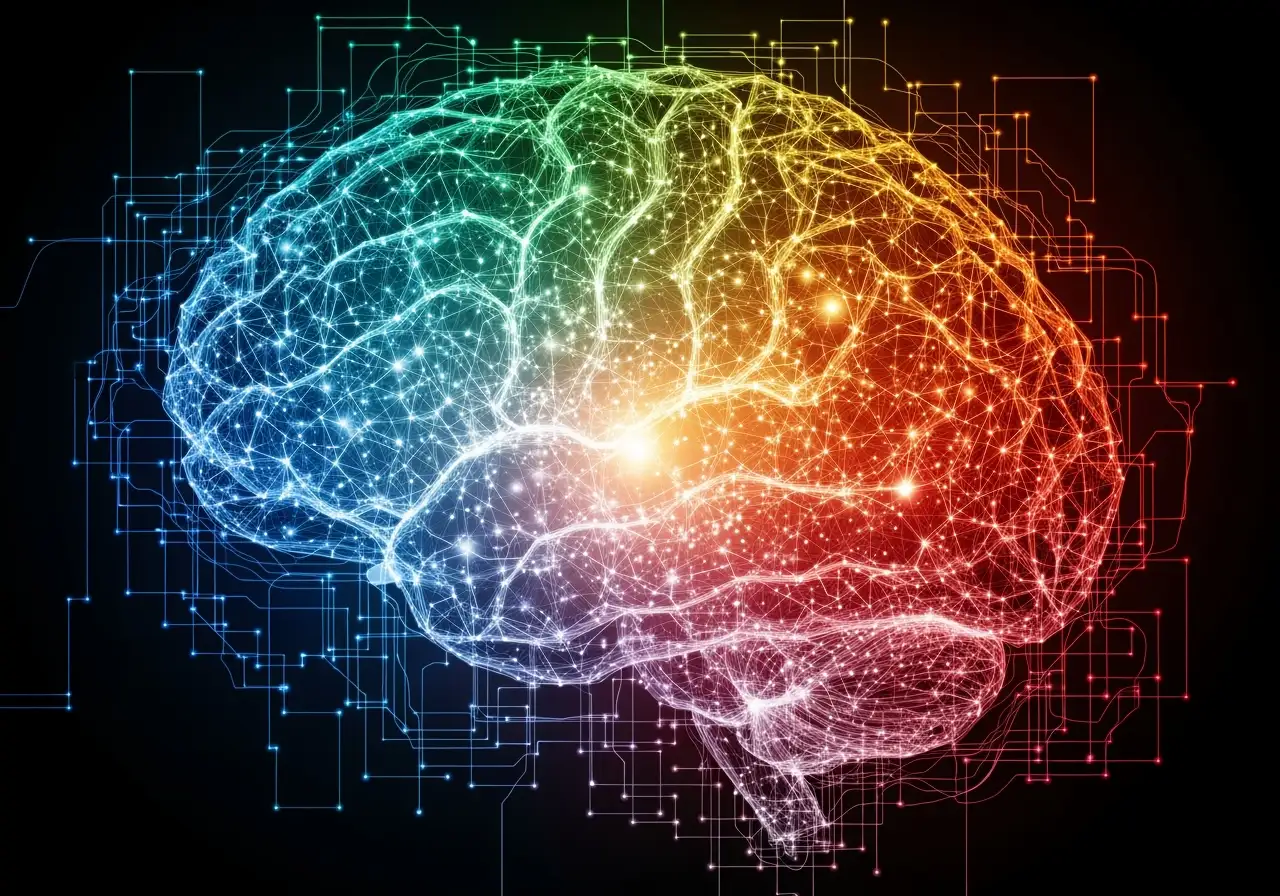Neuroplasticity and Perception Reset
Neuroplasticity and Perception Reset
Have you ever felt caught in a loop, reacting to situations in the same old unhelpful ways, even when you know better? Like Sarah, the project manager who braced for conflict no matter the actual tone of a conversation, our brains often operate on deeply ingrained programming. This isn’t a flaw; it’s a feature of our incredibly efficient minds. From a scientific perspective, your brain is a sophisticated prediction machine, constantly taking shortcuts based on past experiences to navigate the world.
This remarkable ability, known as predictive processing, allows us to function efficiently without consciously analyzing every single piece of incoming data. When you see a chair, your brain doesn’t have to re-evaluate its properties; it instantly recognizes it as a sitting object. This is fantastic for everyday tasks, but what happens when those predictions are based on old wounds, outdated assumptions, or habitual emotional responses?
The challenge arises when these neural shortcuts become rigid filters that distort our present reality. Instead of seeing a situation as it truly is, we perceive it through the lens of what happened before or who I am. Sarah’s brain, for instance, had learned to interpret any criticism as an attack on her competence, triggering an automatic defensive or withdrawn state. This isn’t a conscious choice; it’s a rapid-fire, pre-programmed reaction, often happening before we even realize it. This problematic pattern stems from what the Quantum Mindfulness framework identifies as inherited scripts. These are comprehensive systems of external influences, learned behavioral repertoires, and pervasive cultural programming that fundamentally shape an individual’s perceptual framework, often operating beneath conscious awareness and creating a false native architecture. When these scripts are active, they lead to perceptual distortion and psychological disharmony, preventing us from engaging with the true nature of the present moment.
This is where the power of mindfulness intersects with cutting-edge understanding of the brain. Classical mindfulness, with its emphasis on non-reactive observation and cultivating witness consciousness, provides a foundational practice for calming the mind and becoming aware of present-moment phenomena. However, Quantum Mindfulness takes this a significant step further. It recognizes that passive observation, while valuable, may not be sufficient to actively dismantle deeply entrenched patterns. Instead, it posits that conscious engagement with mental phenomena constitutes an active, participatory process that inherently shapes and co-creates the fabric of experienced reality.
The core of this active engagement is what we call Conscious Perception Reset. This is not merely about observing; it’s a deliberate perceptual shaping technique aimed at systematically disrupting those deep-seated mental patterns that keep you stuck, opening the door to genuine novelty and more adaptive, effective responses. At its heart, Conscious Perception Reset leverages our inherent capacity for conscious attention, which acts as the primary catalyst for psychodynamic wave collapse. Our minds are constantly in a state of cognitive superposition, a dynamic probabilistic field containing multiple simultaneous possibilities. Every act of conscious attention triggers a psychodynamic collapse, resolving this field of potential into a singular, definite, and consciously experienced outcome, which becomes our experienced reality.
The profound implication is that by intentionally directing our conscious attention, we can influence which potential realities actualize. Instead of being dictated by your past programming, you learn to mentally wipe the slate clean, allowing the moment’s true reality to inform your response. This isn’t about ignoring your history, but about preventing it from automatically dictating your present. It recognizes that the brain is not a static organ but possesses incredible neuroplasticity – its ability to reorganize itself by forming new neural connections throughout life.
Within the Quantum Mindfulness framework, this rewiring is understood through the mechanism of belief formation, captured by the principle “Practice Becomes Belief.” Repeated mental states, especially those driven by strong activations within the secondary modality (which governs our affective, social, and relational experiences), can durably alter underlying trait variables associated with our psychodynamic dimensions. By consistently engaging in Conscious Perception Reset, you are actively cultivating new neural pathways that support more adaptive responses.
The Prime Modality, consisting of the Psycho-Volitional Dimension (Pd1), the Psycho-Conceptive Dimension (Pd2), and the Psycho-Meditative Dimension (Pd3), is paramount in this process. The Psycho-Volitional Dimension is the source of pure potentiality and intentional action, enabling us to dissolve perceived limitation. The Psycho-Conceptive Dimension allows for the generation of fresh insights and new conceptualizations. The Psycho-Meditative Dimension provides the structured analytical capacity to integrate these insights and actively engage in intentional collapse, shaping our cognitive appraisal. These three dimensions work together in an active reframing process, allowing us to proactively alter our interpretation of events rather than reactively falling into old patterns. This conscious intervention leads to a profound shift, moving us from being passive recipients of our constructed reality to becoming active participants in shaping it.
Imagine the freedom of responding to life as it truly unfolds, rather than through the murky lens of yesterday’s shadows. The Quantum Mindfulness framework provides a practical pathway to cultivate this profound skill, empowering you to move towards perceptual freedom and transform how you perceive and interact with your world. This is not just theoretical; it’s a lived experience of genuine self-origination and ongoing evolution.
How might truly seeing a situation with fresh eyes, unburdened by past assumptions, change your next important conversation or challenging task?






